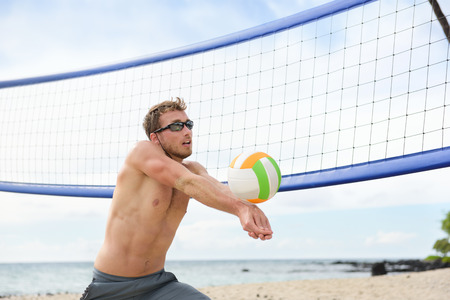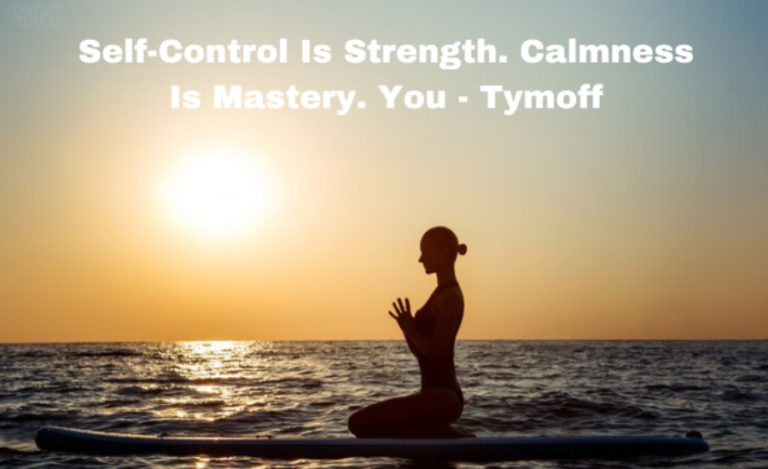How To Prevent Leg Injuries As A Volleyball Player
Volleyball may look like a graceful game, but it’s a sport that demands quick sprints, powerful jumps, and sudden pivots. These movements can take a toll on your legs if you’re not careful. Before your spikes turn into sprains, here’s how to keep your legs in top shape and stay off the injured list.
Warm-Up: A Leg-Saving Routine
Don’t Skip the Warm-Up
Jumping into the game without warming up is like baking a cake without preheating the oven. Start with light cardio, like jogging or skipping, to get the blood flowing. Dynamic stretches, such as lunges and leg swings, help loosen your muscles and prepare them for the intense movements of volleyball. A proper warm-up can prevent strains and tears that might have you searching for a sports doctor in Singapore.
Activate Key Muscles
Strengthening your leg muscles can reduce the risk of injury. Focus on exercises that target your quads, hamstrings, and calves. Add resistance bands for an extra challenge, and you’ll not only enhance performance but also protect your knees and ankles from sudden stress.
Train Smarter, Not Harder
Build Strength Gradually
Overdoing it on the court can lead to overuse injuries. Gradually increase the intensity of your training to give your muscles and joints time to adapt. Training smarter also involves listening to your body. Pain is not a weakness leaving the body; it’s a sign you might need to slow down or consult an orthopaedic doctor in Singapore.
Incorporate Balance Drills
Good balance can keep you from awkward landings and ankle rolls. Exercises like a single-leg stand or using a balance board can improve stability. These drills are especially useful for volleyball players, as they mimic the quick shifts and landings that occur during the game.
Protect Those Precious Knees
Watch Out for ACL Injuries
Volleyball players are prone to anterior cruciate ligament (ACL) injuries due to the high-impact nature of the sport. Landing awkwardly or twisting the knee can cause tears that may require ACL reconstruction. Strengthening your knees with exercises like squats, lunges, and step-ups can reduce the strain on this critical ligament.
Use Knee Pads
Knee pads aren’t just a fashion statement; they’re your knees’ best friends. They cushion the impact of dives and falls, reducing the risk of bruises and joint damage. If your knees still feel wobbly or sore, consider consulting an orthopaedic doctor in Singapore for a professional evaluation.
Stay Flexible
Stretch Post-Game
Stretching after games helps your muscles recover and maintains flexibility. Focus on your hamstrings, calves, and hip flexors to avoid stiffness. A foam roller can also help relieve muscle tension and improve blood flow, giving you a head start on recovery.
Yoga and Pilates
Incorporating yoga or Pilates into your routine can enhance flexibility and core strength. These exercises improve alignment and reduce the risk of injury, keeping you limber and ready for action.
Prevent Ankle Injuries
Strengthen Your Ankles
Strong ankles are the foundation of a good volleyball game. Calf raises, ankle circles and resistance band exercises can improve ankle strength. Strong ankles are less likely to sprain or roll under pressure.
Tape or Brace Up
If you’ve had a previous ankle injury, consider taping or bracing your ankle for added support. This precaution can save you from repeat injuries and keep you in the game longer.
Nutrition: Fuel for Injury Prevention
Stay Hydrated
Dehydrated muscles are more prone to cramping and tears. Make sure you drink enough water before, during, and after games. Coconut water or electrolyte drinks can also help replace lost minerals.
Eat for Recovery
A balanced diet with plenty of protein, healthy fats, and complex carbs can aid muscle recovery and repair. Calcium and vitamin D are essential for bone health, so don’t skimp on dairy, leafy greens, or fortified foods.
Rest and Recovery: The Unsung Hero
Take Breaks
Your body needs time to recover from intense activity. Overtraining can lead to stress fractures and chronic pain. Schedule rest days into your routine and listen to your body when it calls for a break.
Get Expert Help
If you’re feeling persistent pain or discomfort, don’t wait for it to worsen. A sports doctor in Singapore can diagnose and treat issues early, preventing them from turning into long-term problems. In some cases, you might even need ACL reconstruction or other specialised care to get back on the court.
Keep Your Legs Game-Ready
Protect your legs, play your best, and stay in the game. If pain or injury strikes, don’t hesitate to seek professional care. Contact Auspicium Orthopaedic Centre for expert advice and treatment tailored to volleyball players.





